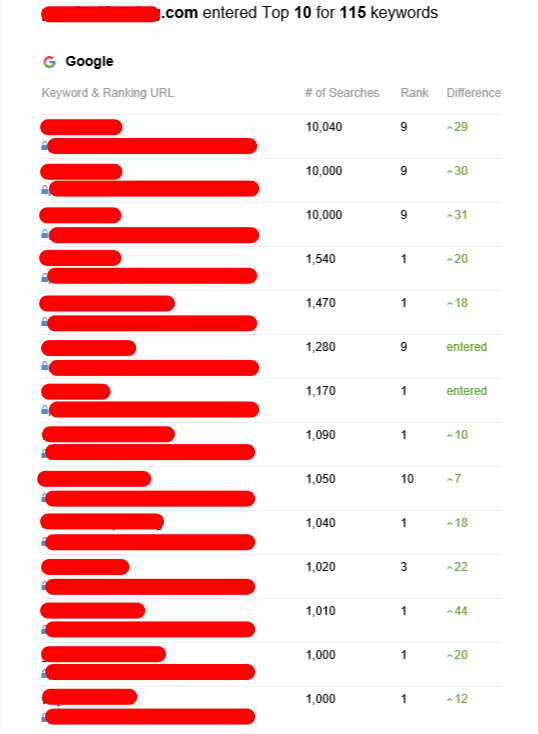10 Facts About Tier 1 Backlinks That Will Instantly Set You In A Positive Mood

Tiered Link Building
Tiered link-building is an increasingly popular SEO strategy for building backlinks, which improves your website's PageRank. This is a black-hat practice however, and may result in being penalized by Google.
First-tier backlinks can be considered to be relevant high-quality, high-quality links that bring lots of PageRank towards your site. They are usually obtained through guest posts, press releases or social media profiles and directories.
Tier 1
Tiered link building lets you increase the authority of your site by linking to pages that rank highly on other websites. This process is known as link juice transfer, and is a reliable method of SEO. Tiered link building can be done either manually or through automated tools. If you are using automation tools, you need to follow the rules of Google's Webmaster guidelines. You could be in violation of Google's terms of service and you could be penalized.

A first-tier link is a dofollow link which passes PageRank value to the targeted website from its parent website. These links can be acquired through the creation of relevant content and participating in link outreach. Ideally, you should obtain links from reliable sources with high domain authority. A first-tier link from Real Business, for example, could be beneficial to your niche as it would pass on a lot ranking power to your website.
By pointing to guest blog posts from higher-ranking websites, you will increase the authority of your domain. This is a reliable method to increase your ranking because it indicates that you're in a positive relationship with the higher-authority site. These links can also be obtained via forums, social media as well as bio profile links. It is recommended to avoid Tier 2 backlinks from websites that have spammy content.
Tier 2
Tier 2 backlinks are an excellent method to boost the effectiveness of your existing links. These links can increase your Google rank and drive more traffic to your website. Tier 2 links are cheaper than the first-tier ones. However, you should only build Tier 2 backlinks for pages that have a high authority on domains. Selecting the right link building strategy will ensure that your campaign will be successful.
Quality is less important for links from tier 2 than it is for the first-tier. It is possible to use links from sites that have lower authority in their domains, as long as they don't look like to be spammy. This includes directories, review sites as well as social bookmarking sites forums,, and web 2.0 links. It is important to avoid using automated tools for backlinks in tier 2 since they can be recognized by search engines.
It is crucial to pick an tier-2 donor site that is well-known and is relevant to your subject. For instance, if you're writing about digital marketing firms it is important to choose the site with an excellent SEO profile and a large online audience. You could be wasting time and money if you don't. That's why it is recommended that you choose an tier 2 donor site that has a DR between 20 and 50.
Tier 3
Typically, tier 2 backlinks are used to power existing links that already have good page-level power. They can be used to boost the authority of new websites or blog posts that require some extra help ranking on Google. You should be cautious about how you use Tier 2 backlinks. It is not recommended to use tier 2 backlinks to directly link to the money website. Instead it is better to only build them from top-quality sites that have a strong domain authority.
Second-tier links may be a mix of dofollow and nonfollow links and should be sourced from trustworthy, relevant websites. This includes PBNs (public-private networks) and article directories, forums, social media posts and web 2.0 sites. It's important to remember that you must abide by Google's guidelines for building links on this kind of website.
Tier 3 links are the lowest quality links in your link-building plan. They're generally nofollow and do not have much link equity, however they can increase the authority of your website's domain. This helps it rank higher in search engine results, which can bring more traffic and sales.
Many SEO practitioners are currently using tier-based link building however there are some risks. In fact, it can be seen as a gray-hat SEO method that is in violation of Google's guidelines and could lead to penalties. It's possible to be successful in certain situations, but it's important that you do your research to find the best method for your business.
Risks
Tiered link creation is a controversial technique that could be detrimental to your site's SEO. Tiered links work only in the event that they are your sole option to increase your backlink profile and you have enough resources to achieve this. Otherwise, you could be able to spam Google's algorithm, and you could be subject to being penalized.
Tier links are risky, especially if they are employed in a way that is black-hat. These are usually linked-based schemes that are very short-lived. Google will eventually catch on to your scheme, or you will be tired of maintaining fake backlinks.
Another issue with tiered hyperlinks is that they can hurt your rankings by distributing too many link juice. If you're getting too many links from low-quality websites, your metrics will drop. This happens when companies employ automated tools to create too many links.
In addition, tiered hyperlinks can be difficult to monitor and track. It's crucial to use a tool that allows you to see all the links in your backlink profile so you can keep track of their performance. It's easy to miss some links and lose out on their value. The good news is that there are numerous ways to get your backlinks, and the results can be long-lasting.
